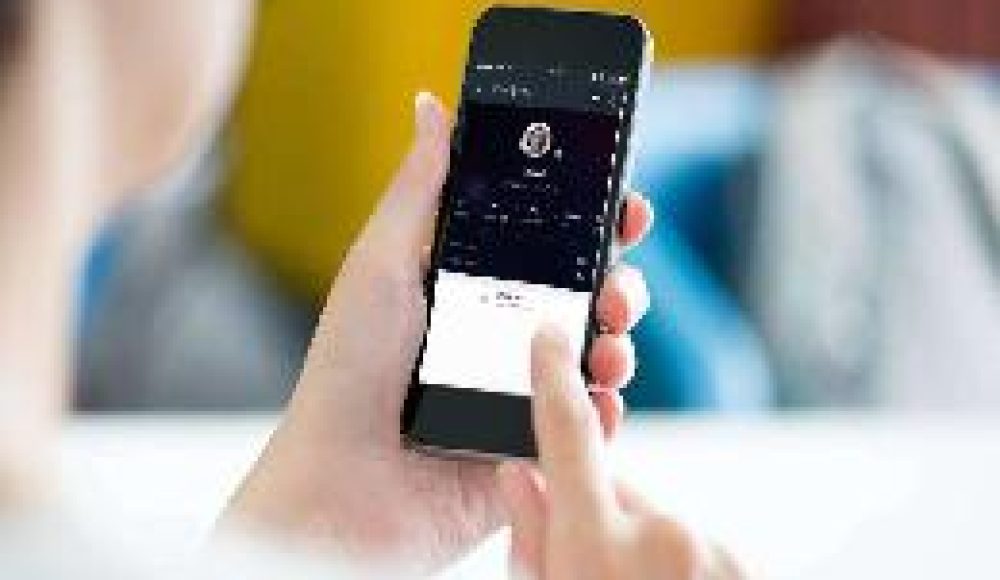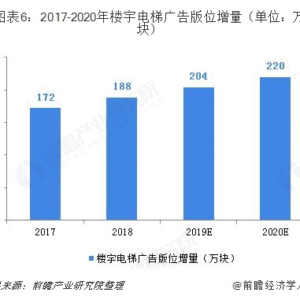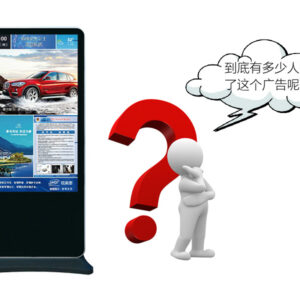With the exponential growth in the number of IoT smart display terminals, remote, networked management of device operations has become mainstream, and mobile management models based on smartphones are undoubtedly a crucial complement to efficient management. Leveraging the convenience of smartphone communication, managers can efficiently and swiftly carry out their work, regardless of the emergency situation. This is crucial for handling emergencies and deploying emergency response plans.
Recently, mini-programs for smart display terminal management, such as MIPS Cloud Assistant and Smart Vending Machine, have garnered industry attention. Why, with the proliferation of apps, have mini-program-based smart display terminal management emerged as a prominent option? Clearly, mini-programs offer significant advantages:
Lighter Applications
Mini-programs require no installation; they are instantly usable and can be used anywhere, saving data and installation time. From a user perspective, WeChat mini-programs offer a more unified UI and workflow compared to various apps, simplifying user experience.
Smoother User Experience
Because apps, HTML5 applications, and SaaS applications rely on the phone’s core processor, they often experience latency and visual distortion. Furthermore, different apps and HTML5 applications running on different phone operating systems may experience incompatibility and incomplete functionality. However, because mini programs exist within WeChat, they avoid conflicts with the phone’s operating system. Furthermore, mini programs utilize a relatively unified development framework, providing a superior user experience.
MIPS Cloud Assistant and other mini programs launched by Visiontech not only offer these inherent advantages but also offer extremely practical features:
1
Batch Device Access via Scan Code
Connecting IoT smart display devices with mini programs is simple. Simply use the “Scan” function to connect devices. Batch access is supported. Connected devices are permanently saved in the system, allowing you to find and manage them within the mini program after the device is powered on and connected to the internet.
2.
Input Device Information and Implement Operational Status
In the mini-program, administrators can view the total number of devices, total storage space, and total network traffic under the account, as well as information about each device, its current operating status, program playback schedule, and download progress. They can also view device data usage and related statistics.
3.
Manage and Control Terminal Devices
Operation and maintenance personnel can use the mini-program to manage and configure specific terminal devices, including individual expansions of storage space, the number of smart advertising devices, and network traffic. They can also allocate traffic to all managed devices under the account. For example, if an account has three devices, each with a default 50MB of traffic, for a total of 150MB, users can determine the amount of traffic allocated to each device, allowing for precise resource control and utilization.
On the mobile device, administrators can directly configure application launch, screen display, and facial recognition (requires a terminal with an AI module and camera). When administrators enable targeted promotion and VIP recognition on the mobile device, the terminal device can automatically capture facial information using its camera, push programs based on attributes such as age and gender, and identify VIP members.
You can also make quick settings, including shutdown, restart, scheduled power on and off, clearing programs, application screen rotation, system screen rotation, volume, status bar settings, etc.




